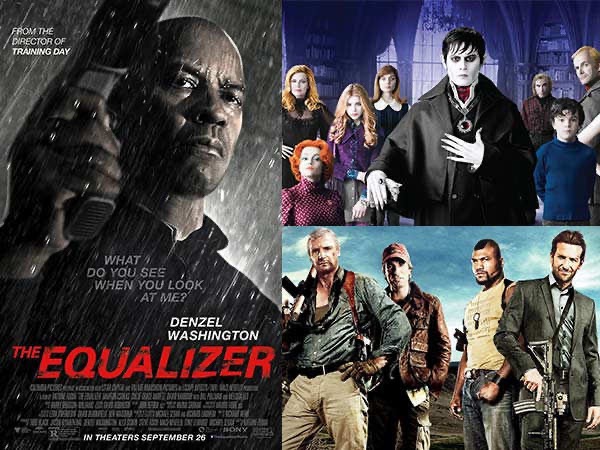
Marshall McLuhan, the renowned Canadian philosopher and educator, is the founder of modern communication theory. His idea has had a profound impact on how people perceive media. This blog will focus on the use of his theories of cold media versus hot media in the modern film and television industry.
McLuhan classified media into cold and hot media based primarily on the clarity or explicitness of the message provided by the medium, the degree of imagination of the message receiver, and the degree of involvement in the activity of receiving the message. In general, hot media refers to media with high clarity, high information and low participation, which do not require participants to invest as much effort. Cold media refers to media with low transparency, low input and increased participation, requiring recipients to engage and fill in the missing information with their imagination.
This leads to an analysis that in McLuhan’s theory, the film belongs to the hot media, while television belongs to the cold press. To watch a movie, one must walk into the cinema with the lights out, inhibiting the viewer’s other senses, focusing more on watching and listening. They will be passively absorbed and immersed in the story told in the movie after lights out. Even if there is some thought, it is still based on the film’s story. Unlike television, if the audiences are specifically catching up with a particular episode, they will rarely switch on the TV at a specific time to tune in intently. Watching TV may accompany other activities, such as chatting with family members or responding to phone messages. People are relatively unfocused.

Recently, China’s film and television market ushered in a wave of “episodes to film” trends. Film adaptations of popular series are becoming commonplace in the film and television market. On the one hand, “episodes to film” is derived from popular episodes, and the film adaptation has natural popularity, which reduces the investment risk. Not only can it amplify the value of IP, but it can also continue to harvest IP popularity through more derivative works. On the other hand, other series with some audience base but not topping the charts will pin their hopes on the remake of the film to attract more audience to come back to the TV series to learn more about it in more detail after having watched the movie and been captivated by it.
Take the film version of “Someday or One Day” as an example. The film was officially announced four days before the official release of the slot, and once the news came out, it has been on the hot trend repeatedly. The film’s pre-sale box office is close to ¥10 million. Under the firm scheduling squeeze of Avatar: The Waterway, “Someday or One Day” has broken ¥100 million at the box office within four days of its release and has achieved good results globally.
In conclusion, although this theory is not entirely scientific and results vary from person to person, it brings us to the critical point that different mediums will elicit different responses from people, which is a factor one should consider when releasing media.
Reference list
A Hot Trend of ‘episode to film’ in 2023. (2023). Available from https://www.163.com/dy/article/HQBDNBO20517CM0B.html.
Logan, R.K. (2016). Understanding new media : extending Marshall McLuhan. New York: Peter Lang.
Poster, M., 2010. McLuhan and the cultural theory of media. MediaTropes, 2(2), pp.1-18.

